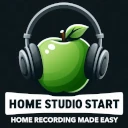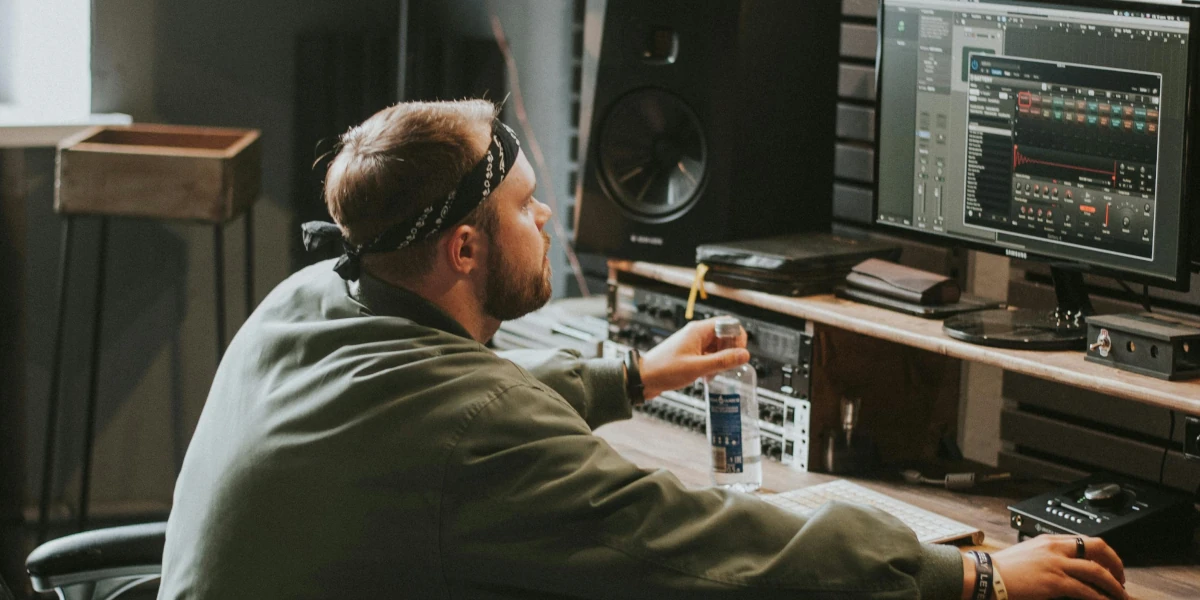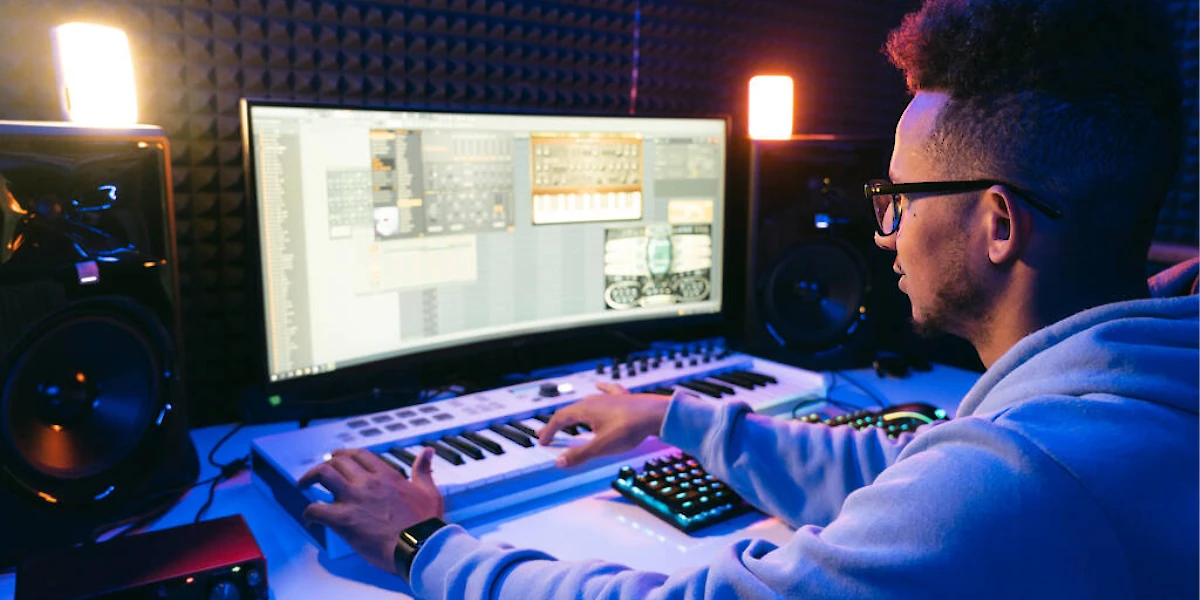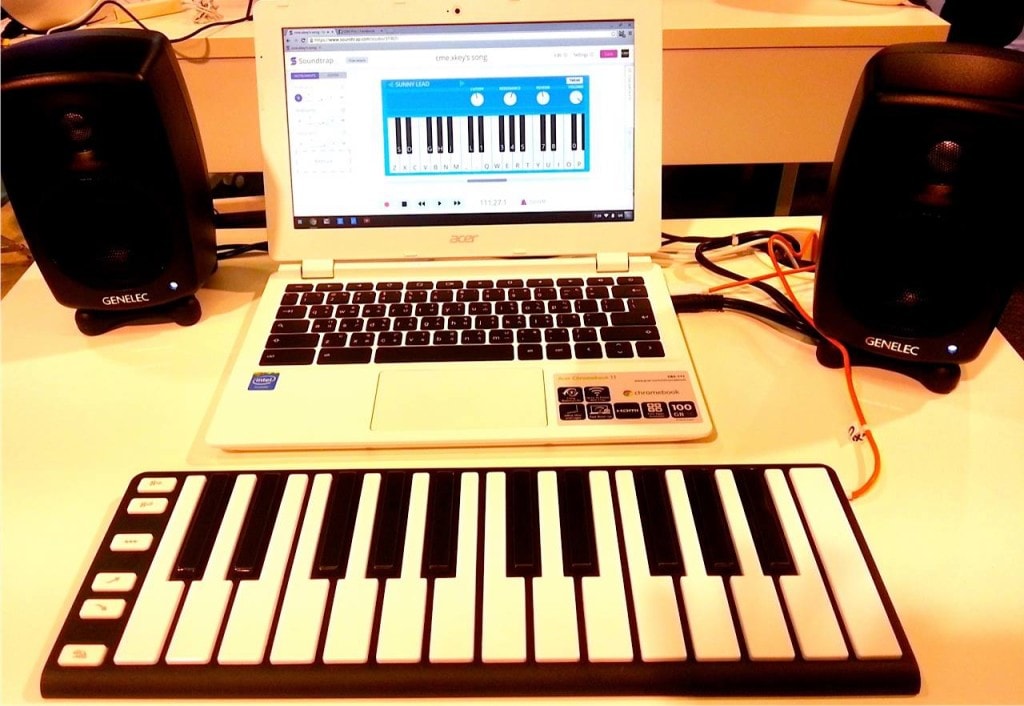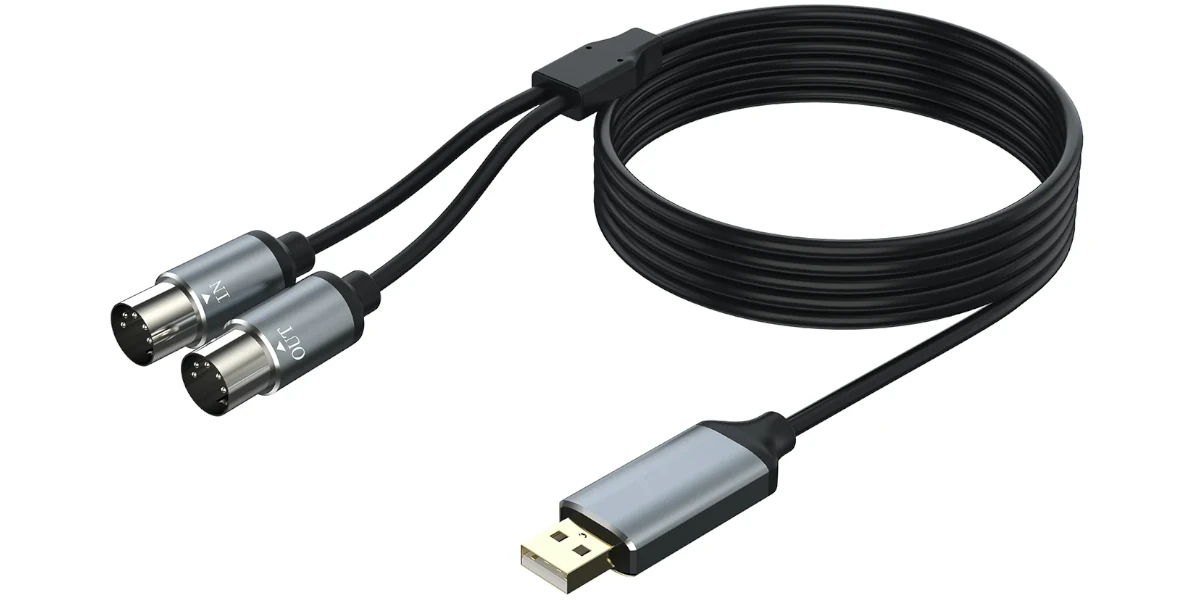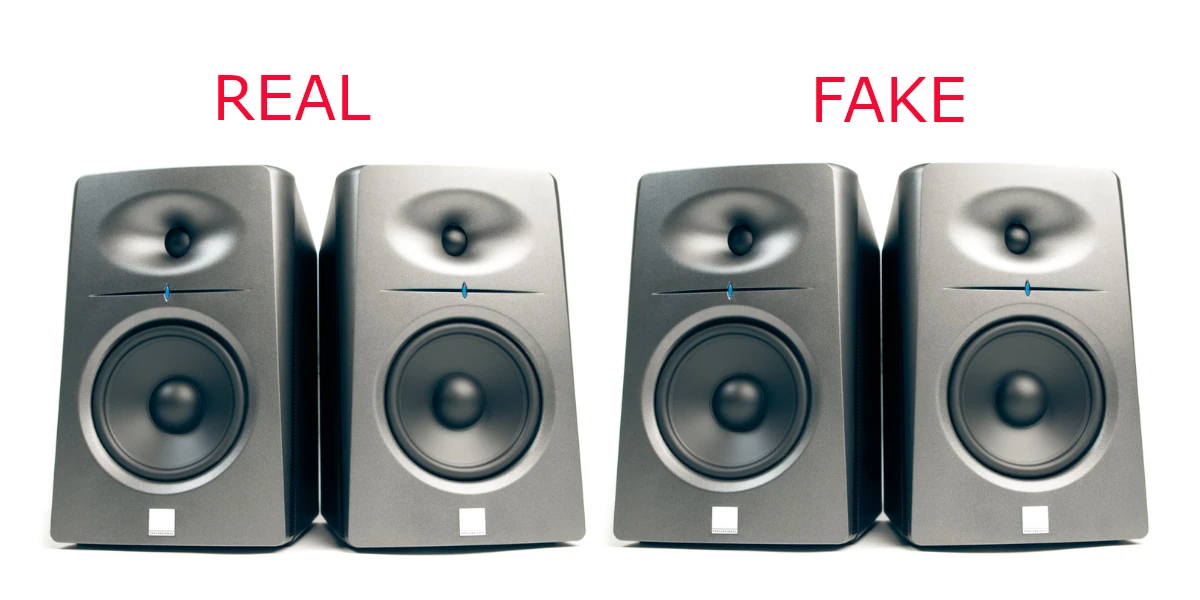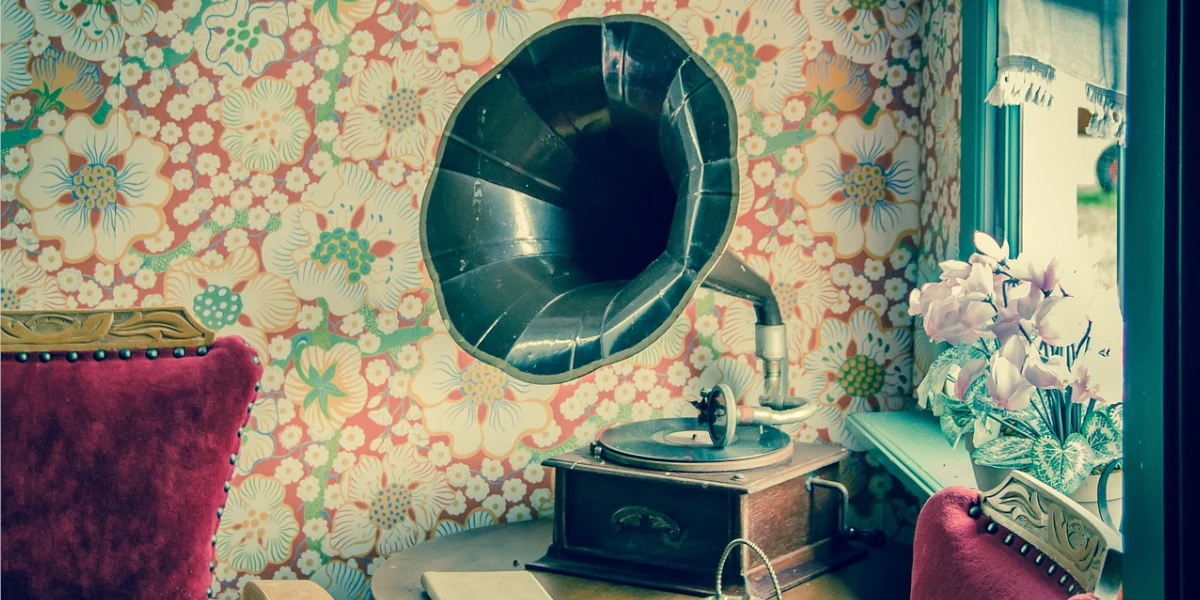Greetings, music mavens and gadget gurus! Ready to elevate your home studio game with a tool that might just seem unassuming at first glance? Yes, I’m talking about the USB MIDI cable – a slender bridge connecting the expressive world of music with the boundless potential of digital technology. Whether you’re crafting beats on your computer or integrating traditional instruments into your arrangements, the USB MIDI cable is a key player in the symphony of your creative workflow.
In the digital age, the art of music production has transformed dramatically. Gone are the days of needing bulky, expensive equipment to produce high-quality music. Today, a home studio, no matter how modest, can churn out tracks that rival professional studios. At the heart of this revolution lies the humble USB MIDI cable, a conduit of creativity that seamlessly links musical instruments to computer software.
The magic of the USB MIDI cable lies in its ability to translate the analog signals from your keyboard, drum pad, or other MIDI-compatible instruments into digital data that your computer understands. This data can then control software instruments within your digital audio workstation (DAW), effectively turning your computer into an orchestra, synthesizer, and recording studio all in one.
Exploring the Versatility of USB MIDI Cables
But it’s not just about playing notes on a software instrument. With a USB MIDI cable, you can manipulate a myriad of parameters within your DAW, from adjusting tempos and tweaking synth parameters to controlling playback and recording. This two-way street allows for an interactive experience where the software’s capabilities inspire you just as much as you control them.
Moreover, leveraging the power of MIDI through a USB cable means you can save, edit, and perfect your performances. Imagine playing a keyboard part, then going back to adjust the timing or dynamics without having to re-record the whole piece. This level of control is what makes digital music production so thrilling and forgiving for artists.
But let’s not overlook the technical harmony achieved through USB connectivity. Most modern computers and laptops offer USB ports, making the connection hassle-free and universally accessible. The plug-and-play nature of most USB MIDI cables means you can spend less time troubleshooting and more time creating.
As we delve deeper, remember that the right knowledge and tools, like the USB MIDI cable, can turn the complex orchestra of music production into a harmonious and intuitive extension of your artistic vision. So, let’s turn up the volume on our understanding and discover how this essential cable can be the unsung hero of your home studio setup. Stay tuned, and let’s unravel the melody of possibilities together.
Read more
